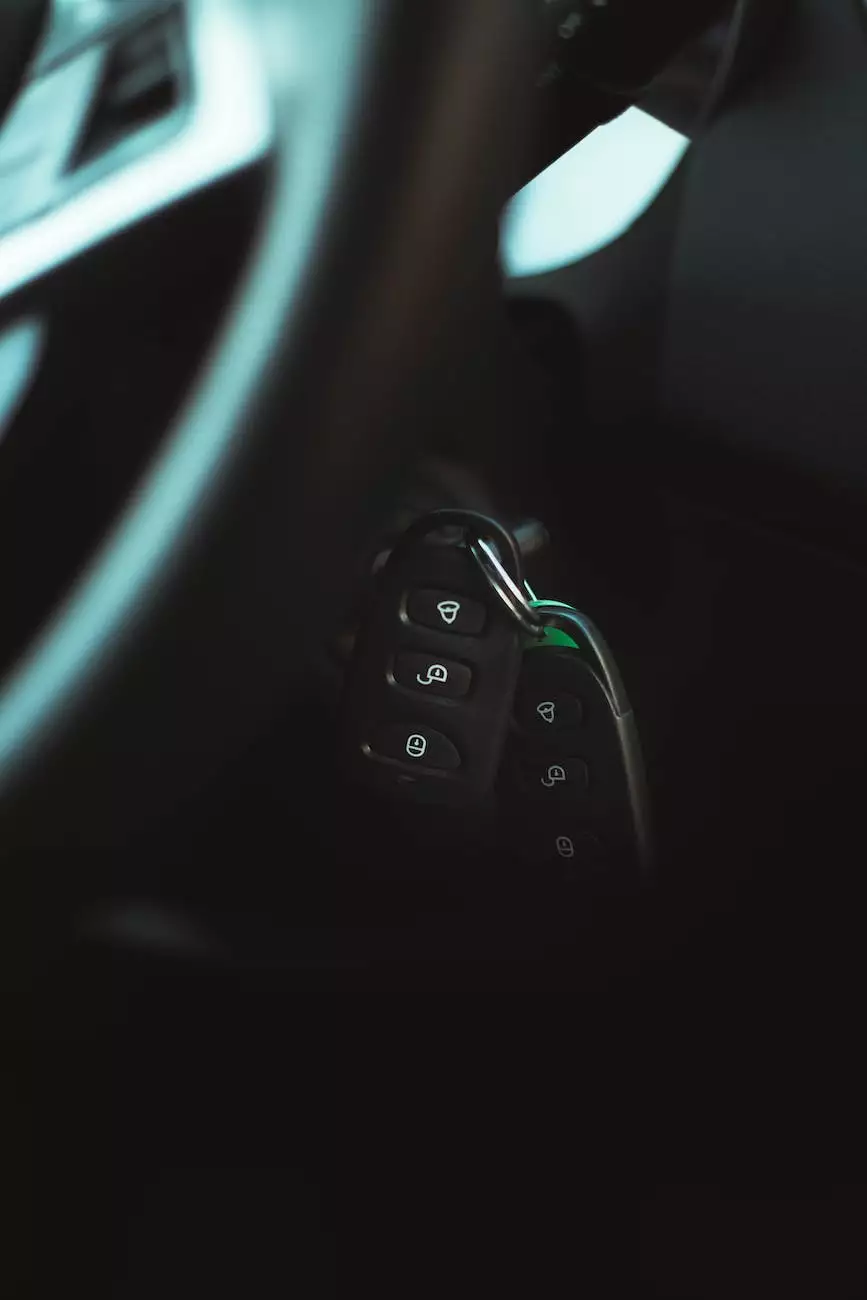How to Use a Scan Tool to Read Check Engine (Light) Codes

Are you tired of seeing that pesky check engine light glowing on your car's dashboard? Don't worry, you're not alone. Many car owners face the frustration of not knowing what's triggering the check engine light and how to fix it. But fear not, because Grafco Electric is here to guide you through the process of using a scan tool to read check engine (light) codes.
Understanding the Check Engine Light
Before we delve into the details of using a scan tool, it's essential to understand what the check engine light actually signifies. The check engine light is an indicator that your vehicle's onboard diagnostic system has detected an issue with the engine or emissions system. It could be something as minor as a loose gas cap or as serious as a faulty sensor.
Why Use a Scan Tool?
Using a scan tool is the most efficient way to identify the cause behind your car's check engine light. It allows you to retrieve the diagnostic trouble codes (DTCs) stored in the vehicle's computer system. These codes provide valuable information about the specific problem, enabling you to diagnose and fix it accurately.
Step-by-Step Guide: Using a Scan Tool to Read Check Engine Codes
Step 1: Prepare Your Scan Tool
The first step is to ensure that your scan tool is compatible with your vehicle's make and model. Consult the user manual or contact the manufacturer if you're unsure about compatibility. Once you have confirmed compatibility, connect the scan tool to the OBD-II port, typically located under the dashboard or steering column.
Step 2: Turn on the Ignition
Before you can retrieve the codes, turn on the ignition without starting the engine. This will power up the vehicle's computer system and the scan tool, allowing them to establish communication.
Step 3: Access the Diagnostic Menu
Using the scan tool's interface, access the diagnostic menu. This may differ depending on the model, but you typically need to navigate through a series of options to reach the code retrieval function.
Step 4: Retrieve the DTCs
Once you're in the diagnostic menu, select the option to retrieve the diagnostic trouble codes (DTCs). The scan tool will communicate with the vehicle's computer system and display the codes on the screen. Make note of the codes as they will be essential for diagnosing the issue.
Step 5: Interpret the Codes
Now that you have the DTCs, it's time to interpret them. You can refer to the scan tool's user manual or consult reliable online resources to decipher the meaning of each code. This will give you an idea of what part or system needs attention.
Step 6: Diagnose and Fix the Problem
Armed with the knowledge of what's causing the check engine light, it's time to diagnose and fix the issue. Depending on the code, you may need to replace a faulty sensor, repair a damaged connector, or address a more complex problem. If you're unsure about the necessary steps, don't hesitate to seek professional help from a trusted mechanic.
Tips for Successful Scan Tool Usage
To ensure accurate readings and efficient diagnosis using a scan tool, consider the following tips:
- Regularly update your scan tool's software to keep it compatible with the latest vehicle models.
- Use reputable online resources or consult qualified technicians for guidance on interpreting complex DTCs.
- Refer to the vehicle's service manual to understand the specific diagnostic procedures recommended by the manufacturer.
- Always follow proper safety precautions when working with the vehicle's electrical system or engine components.
- Don't rely solely on scan tool readings; conduct additional inspections and tests to confirm the underlying issue.
Conclusion
By following this step-by-step guide and using a scan tool to read check engine (light) codes, you can take control of your car's maintenance and save money on unnecessary repairs. Remember, understanding the codes is just the beginning; diagnosing and fixing the underlying problem will require further expertise. If you're unsure or uncomfortable with the process, it's always best to consult a professional mechanic.
So, bid farewell to the check engine light-induced anxiety and embrace the power of a scan tool to keep your car running smoothly. Trust Grafco Electric to provide you with the knowledge and tools you need to become an automotive diagnostics pro!




